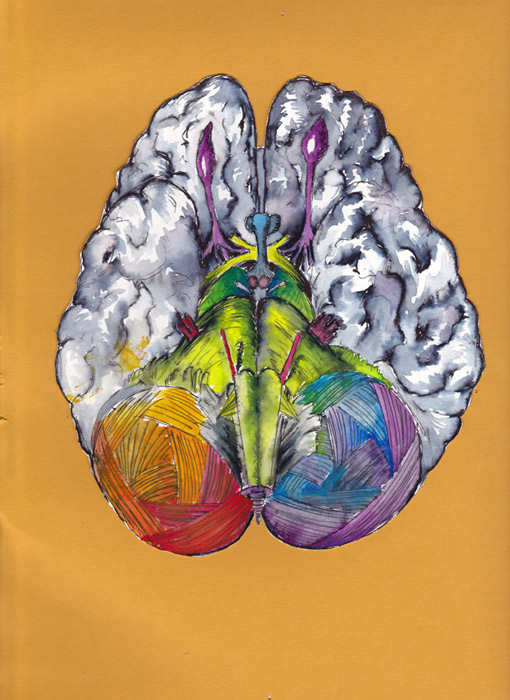Researchers at the Montreal Neurological Institute and Hospital (MNI) of McGill University have recently discovered a method for transforming patients’ skin cells into a type of brain cell critical for understanding and treating neurological disorders like Alzheimer’s disease.
According to the McGill Newsroom, the artificial cells are “virtually indistinguishable from human-derived microglia.”
Postdoctoral fellow Luke Healy of Professor of Neurology and Neurosurgery Dr. Jack Antel’s laboratory at the MNI explains the ground-breaking process for manufacturing microglia, which are essentially the immune cells of the brain. Highly receptive to slight changes in homeostasis—the body’s regulation of inner processes to maintain a stable equilibrium—microglia sense a disruption in the central nervous system (composed of the brain and spinal chord) and summon immune cells from around the body. This large influx of immune cells causes inflammation in the brain—where the cells combat the injurious agent—that can also damage critical neurons, leading to neurological disorders.
Antel’s lab began its brain inflammation-stem cell collaboration with the University of California Irvine (UCI) about two years ago. The lab at the MNI is world-renowned due to the close relationship between researchers and surgeons; access to human tissue is incredibly valuable for productive medical research and advancement. Because of these relationships, the team could compare their lab-generated microglia to real human ones.
“McGill has [a] collaborative spirit between its surgeons and researchers. Without that, this wouldn’t be possible,” Healy said. “Without our [patient-derived] cells to compare to, the iPS microglia wouldn’t be as good as they are.”
The protocol for generating microglia from skin cells was created by a group of researchers at UCI, directed by Dr. Matthew Blurton-Jones and first author Edsel Abud, MD-PhD student.
In 2006, Japanese Nobel Prize-winner Shinya Yamanaka pioneered induced pluripotent stem (iPS) cells. According to Nature magazine, when any cells are treated with specific molecules called transcription factors, their genetic composition can be reprogrammed to behave as stem cells—which have the capacity to differentiate into any type of cell.
“It is essentially like turning back the clock on these cells,” Healy explained.
This approach allows researchers to take a mature cell from something like the skin or blood, take away its identity, and reprogram it to become another cell-type specific to a disease. Nature states that this “personalized therapy would get around the risk of immune rejection,” because the transformed cells contain the same DNA, rather than unrecognizable DNA from another organism. In this case, microglia are the desired output.
“The real power of the work is that we have this protocol being designed to generate human microglia from patient tissue, [which allows us to] cut down on animals used and increase the reliability of the data,” Healy said.
The four transcription factors can now be purchased and used to treat any type of cell, allowing scientists to work on the human Central Nervous System for the first time.
“This process has been done for neurons for about a decade, and now we have a breakthrough [in making] microglia,” Healy said.
This development is a step towards the individualization of medicine: Everyone has different responses to different drugs due to genetics and environmental factors. The use of patient-specific cells opens the door to customized drug applications, which will drive medical advancement.
“It is a blueprint for other labs to generate and analyze the effects of different drugs on specific patients with specific disorders,” Healy explained. “The next step is a new core iPS push by The Neuro [MNI] to have the cells produced in large quantities, to integrate and provide them to different groups studying different diseases. The ultimate goal is to both understand how microglia work and screen both existing drugs and potential novel compounds for their effects on these cells.”









